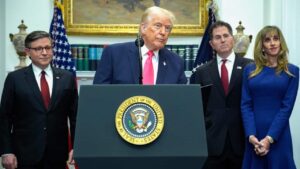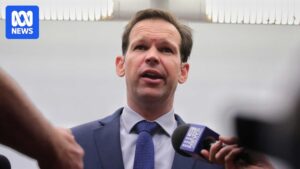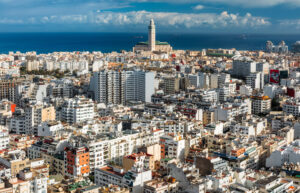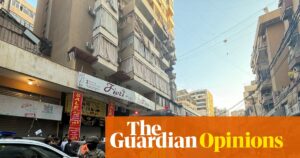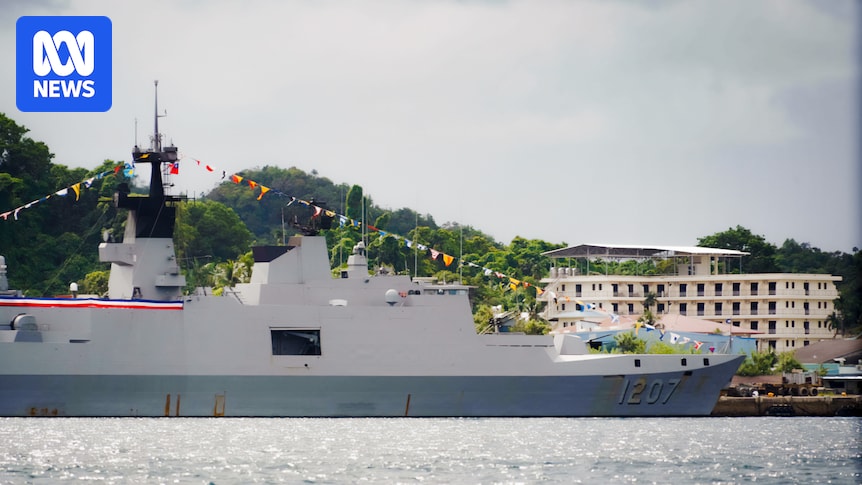
When the United States launched a strategic military operation against Iran’s nuclear program, global attention unexpectedly turned to the Pacific island of Guam. The US territory became a decoy in June, as officials announced the arrival of stealth bombers at its air base. However, it was a separate fleet of seven B-2 bombers from Missouri that executed the strike on Iranian facilities.
For many Micronesians, this military maneuver confirmed their fears about the US’s growing presence in the region, leaving them feeling like pawns in a geopolitical chess game. “If you’re a resident of Guam, you’re thinking you’re just fodder in the case of a conflict,” said Robert Underwood, a former delegate for the territory to the US House of Representatives.
The United States is rapidly expanding its military footprint across Micronesian island nations and territories, constructing radar facilities, upgrading ports, and reviving World War II-era airstrips. For the first time since WWII, several permanent military positions are being established in the northern Pacific, including Palau, the Federated States of Micronesia, and the Northern Marianas, as part of preparations for potential conflict with China.
Strategic Military Expansion and Local Concerns
The newly established sites are part of the “second island chain,” a strategic network of US-led military positions in the Pacific aimed at projecting American power and containing China. US Defense Secretary Pete Hegseth has described these islands as “the tip of America’s spear” in the Pacific. However, for the nearly quarter-million people who call the “island chain” home, the increased military presence raises concerns about becoming targets.
China, which has developed the DF-26 ballistic missile, known as “the Guam killer,” has the capability to strike US military assets in the region. “Guam is the tip of the spear, but it’s also the bullseye,” noted Underwood, who chairs the Pacific Center for Island Security. While Guam hosts two major military bases and is the site of an $8 billion missile-defense system, the US is diversifying its military assets across other Pacific islands to mitigate risks.
Palau: A Key Player in US-China Dynamics
Palau, a Micronesian nation with a Compact of Free Association (COFA) agreement with the US, is increasingly becoming a focal point for military activities. The compact grants the US military unfettered access to Palauan territory in exchange for substantial government funding. Palau is one of the few Pacific nations maintaining diplomatic ties with Taiwan, a stance that positions it against China’s regional ambitions.
According to Palau’s President Surangel Whipps Jr., the US military presence acts as a deterrent. “Because of our location, we are under constant threat … and the best way to combat this is through partnership with like-minded nations,” he stated. Despite the geopolitical tensions, Palau’s government has welcomed US military investments.
Local Reactions and Environmental Concerns
While many Palauans support the US military presence, there are notable dissenting voices. Conservationist Ann Singeo expressed concern that the influx of military infrastructure could transform Palau into a conflict zone. “To bring all of these infrastructures that serve war into Palau puts us at the centre of a war field,” she said.
The situation in Angaur, a small island in Palau, exemplifies these tensions. The US military is building a radar facility there, raising fears among locals about becoming a target. Governor Natus Misech noted the “high anxiety” among residents, concerned that the radar could make them a primary target in a conflict.
Implications for Regional Security and Sovereignty
Beyond immediate security concerns, the expanding US military presence in the Pacific has broader implications for regional sovereignty and environmental stewardship. A group of high school students in Palau has filed a legal complaint with the United Nations, alleging that the US military’s activities have violated human rights by damaging the environment and indigenous culture.
“The environment has paid a price,” said Ann Singeo. “Eventually, the people of those communities will pay the price.”
US Ambassador to Palau Joel Ehrendreich emphasized the country’s commitment to transparency and environmental protection, stating that the US has “actively engaged with residents” to address concerns.
Veterans and Economic Considerations
While the US invests billions in military infrastructure, it has scaled back regional foreign aid programs, raising questions about the economic benefits for local communities. Norvert Yano, president of the local veterans association, highlighted disparities in medical services and benefits for Palauan veterans compared to their US counterparts. Although a bill was passed to improve veteran care in COFA nations, implementation remains uncertain.
Despite these challenges, Yano believes Palau benefits from US protection. However, others, like Singeo, remain apprehensive about the future under US stewardship.
As the US continues to fortify its military presence in the Pacific, the balance between strategic security interests and the well-being of local communities remains a delicate issue, with significant implications for regional stability and sovereignty.
